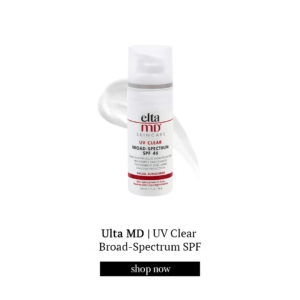Beauty...

By Mollysims.com
We have a soft spot for the South. After all, Molly is a Kentucky-girl at heart. Today, we tapped one of the most renowned dermatologists who reigns from Birmingham, Alabama. Meet Dr. Corey L. Hartman, founder of Skin Wellness Dermatology and Alabama’s #1 American Board of Dermatology Certified Dermatologists. If you’ve been been tuning into Lipstick on the Rim week after week, you know we’ve had our fair share of dishing on botox, fillers—really anything and everything injectable. Until now, we hadn’t yet delved into the other side of all things skin: namely hyperpigmentation, melasma, and acne, which Molly has dealt with in strides over the past several decades. We get into how to identify these conditions, treating them, and how to prevent them for the future. One tip to leave you on: stay out of the sun.
“Hyperpigmentation means darkening of the skin. It’s kind of an umbrella term for a lot of different inflammatory conditions that leave dark spots on the skin. Melasma, in contrast, is a specific medical condition that causes a lace-like hyper-pigmented patch-look, most commonly on the face but it can also be on other areas of the body. It comes about from the interplay of sun, hormones, and heat. That’s why women get it 9x more than men do because of the hormonal component. Hyperpigmentation itself can come from acne or eczema that leaves behind dark spots. Hyperpigmentation, umbrella term, melasma, a little bit more specific.”
“Melasma can be a beast to treat. Not one formula works for everybody. We have many different modalities that we will use to treat melasma, sometimes in the same patient. There’s no cure but it’s also not dangerous but it’s something that really impacts a person’s self-esteem and impairs their ability to present their best face to the world. The number one thing is sun protection. If you’re not going to wear sunscreen then what are we even doing? There’s a study that showed when people use sunscreen once the melasma is under control, if it was pregnancy related, and you’re not pregnant anymore, that’s sometimes enough to get it keep it under control, which just speaks to the power of sunscreen. Unfortunately, it also occurs outside of pregnancy. Women can get melasma around any hormonal changes. Hyperpigmentation, same thing, you want to make sure you have good sunscreen. There’s also a supplement called Polypodium Leucotomos. It’s in products like Heliocare and Isdin. It’s actually a pill that you take—I liken it to an internal sunscreen.”
